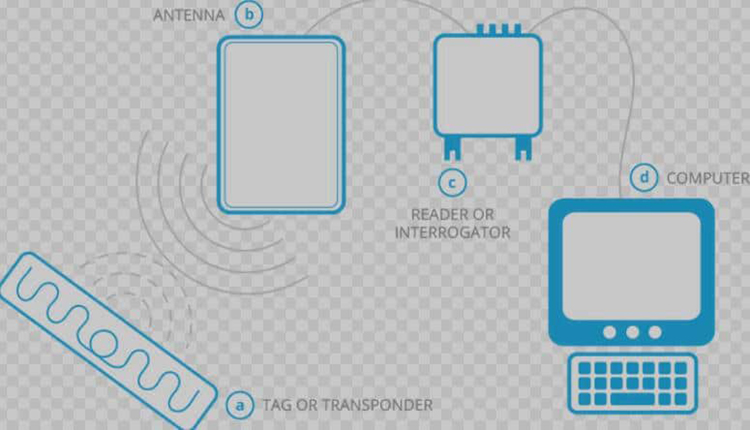
Currently, international communication standards related to electronic tags mainly include: (1) ISO/TEC 18000 standard. (2) EPC standard, (3) DSRC standard. (4) UID standard.
In addition, many countries and institutions are actively developing RFID-related regional, home or industry alliance standards, and hope to promote them to the same standard through different channels. Each standard system is divided into multiple parts according to the working frequency. The main differences between them are the communication method, anti-collision protocol and data format.
In January 2008, the European Union's FP7 project team sponsored the Global RFID General Standards Forum (GRIFS) to maximize the consistency of RFID standards globally through enhanced collaboration. With the development of RFID technology, various standards for electronic tags have become converging. For example, the ISO/IFC15693 standard for high frequency 13.56 MHz has become part of the ISO18000-3 standard, and the EPCGEN2 standard has also become the ISO18000-6C standard. For the time being, the United States, the European Union, and other countries have adopted different standards. Because the interests are difficult to coordinate, the standard unification is urgent, but the process is still quite long.
The application and development of electronic tags is based on the development of the RFID industry chain. The backwardness of any link will affect the development of the entire industry. I am behind the development of RFID in the field of Europe, Europe and Japan. I still lack a complete industrial chain in the UHF and microwave bands. To develop China's electronic tags based on the existing technology and market of RFID in China, we must aim at the whole. The RFID industry chain and develop specific measures and strategies.
(1) Increase research and development efforts and seek technological breakthroughs. There are still many defects in electronic tags. For example, due to the directionality of the antenna, the reliability of single-label reading is low, and it is easy to produce missed reading. The radio frequency identification signal is easily affected by conductive substances such as metal and water, resulting in a decrease in recognition distance, RFID system and frequency band. Proximity of other wireless communication systems may cause electromagnetic interference to affect each other's performance when they are working at the same time. When a large number of RFID tags are placed together, the array effect of the tag antenna may exhibit different characteristics from that of a single tag antenna, which poses a challenge to the development of electronic tags. .
(2) Establish relevant standards for electronic labels as soon as possible.
(3) Identify the breakthrough of the application and increase the scale of application in the industry. The company even stays at the surface, the business process is simple, the logic is single, and the lack of back-end system integration does not really play the role of electronic tags in supply chain management and enterprise information construction. Therefore, how to integrate RFID with the company's existing information systems such as ERP, SCM, MIS, etc., to innovate business processes, give full play to the advantages of electronic labels, enhance the scale of industry applications, and form a complete industrial chain, which is urgently needed to be solved. problem.
(4) Strengthen technology integration to achieve cross-regional and cross-industry applications. With the continuous development of RFID, in recent years, new applications have been obtained in the fields of ticket management, intelligent transportation, logistics, food safety, commodity anti-counterfeiting, and electric power. China's RFID industry has shifted from government demand to market demand. In the process of RFID development, we must not only see the development potential of the RFID industry, but also see the problems that arise in this development process, and use more scientific methods to continuously deepen the application of RFID to promote the development of the RFID industry.